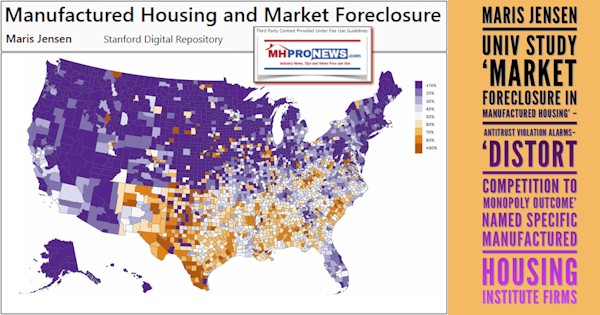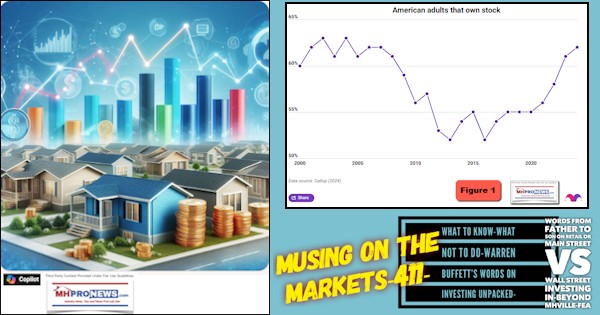
A center-right policy institute, the AAF has also determined that the legislation that was designed to keep large financial institutions from causing a recession has resulted in the “too big to fail” banks are thriving while the smaller ones are not, despite the fact they were not the responsible ones causing the housing downfall. While this is not new information, AAF says D-F has led to a 14.5 percent decrease in consumer revolving credit, such as credit cards, since 2010, and cased mortgages to cost about $350 more.
“Dodd-Frank’s regulatory burden must be borne by someone: financial institutions and their employees, shareholders, or consumers in the form of higher prices or less access to credit,” the AAF report states. “It appears the law has affected all three entities.”
While Dodd-Frank was supposed “to generate nothing but good,” according to AAF the rules of Dodd-Frank state “creditors might consider adjusting the terms and conditions of loans to pass some or all of the price increase through to consumers. The final rule could increase the cost of credit or curtail access to credit for a small share of … consumers and purchase-money consumers.”
As the MHPro industry knows, Dodd-Frank also put a big crimp in the ability of individuals and retailers to finance the sale of manufactured homes, especially by consumers at the lower end.
The bottom line: consumers have fewer options for financing, less access to credit, and higher costs accessing credit. ##
(Image credit: bloomberbusinessweek)


























